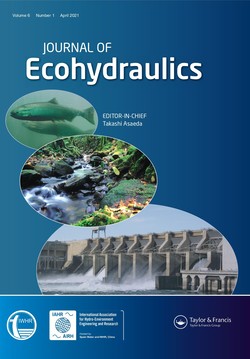
The second issue of 2025 has landed, bringing eight fresh studies that showcase how ecohydraulics now bridges biomechanics, geomorphology, and aquatic ecology more tightly than ever. Highlights include new evidence that brief bouts of high-velocity flow can boost the swimming stamina of wild vairone, plus a head-to-head comparison of 2-d shallow-water and 3-d RANS simulations inside vertical-slot fishways (VSFs). This work underlines why turbulence fidelity matters when managers set attraction velocities. Elsewhere, contributors probe the role of transient sediment waves in shaping riverbed roughness, present a field-scale test of hydropeaking metrics for benthic invertebrate habitat, and explore how channel complexity governs energy dissipation in gravel-bed reaches.
Why this issue matters
- It advances mechanistic understanding of fish performance under real hydraulic stressors, a prerequisite for resilient fish passage design.
- It puts state-of-the-art CFD under the microscope, offering practitioners a roadmap for balancing model efficiency and biological realism.
- It widens the lens beyond fish, examining how flow pulses and substrate mobility cascade to invertebrate communities – critical feedbacks for river-restoration targets.
Quick journal facts
- Volume 10, Issue 2 now online via Taylor & Francis Online: https://www.tandfonline.com/journals/tjoe20
- The journal, published once per trimester by IAHR together with Taylor & Francis, currently carries an Impact Factor of 4.6 and a CiteScore of 7.1.
- Editor-in-Chief: Takashi Asaeda, Saitama University.
Read, cite, and share
Visit the journal site to browse article abstracts or download full texts, and consider how these findings can inform your habitat assessments, numerical models, or even policy briefs. The editorial team keeps welcoming submissions that push the ecohydraulics frontier toward sustainable water management!
